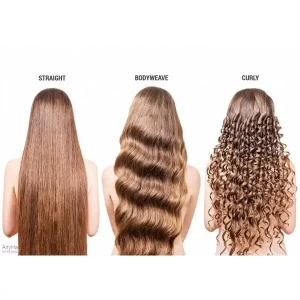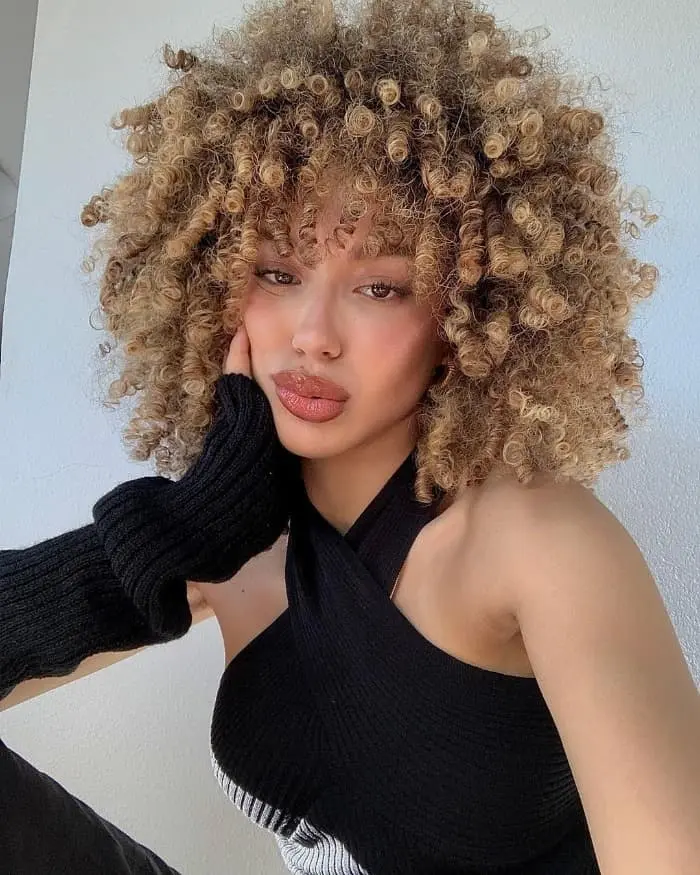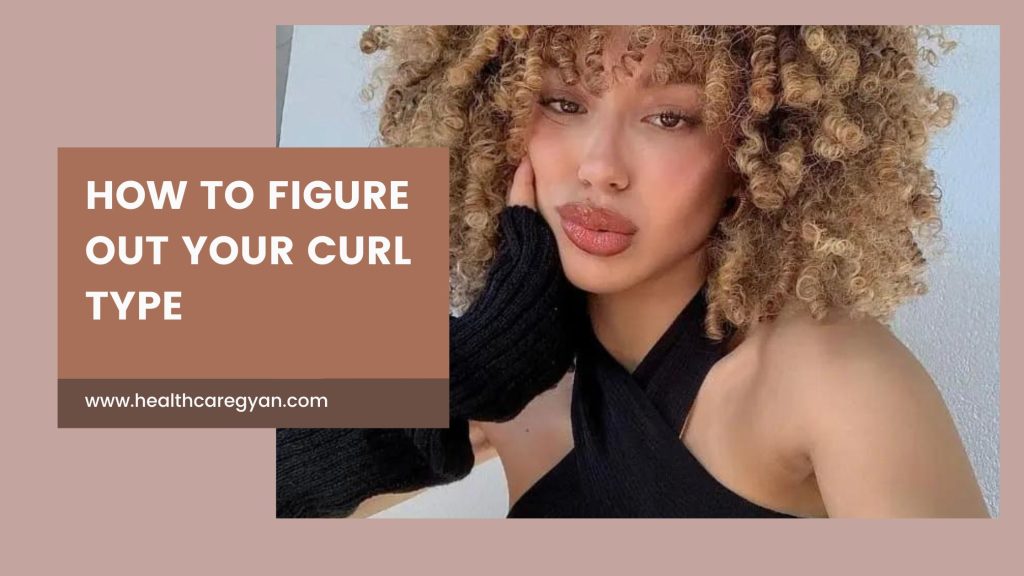Why is my hair curly?
Genetics is the primary reason for curly hair.
Here’s a breakdown of how it happens:
Hair Follicle Shape:
The shape of your hair follicle determines the shape of your hair strands. Round follicles produce straight hair, while oval-shaped follicles result in curly hair.

Protein Distribution:
The distribution of proteins within the hair shaft also plays a role. An uneven distribution can contribute to the curvature of the hair.
Genetics:
Curly hair is often inherited from your parents. If one or both of your parents have curly hair, there’s a higher chance you will too.
Other Factors Influencing Curl Pattern:
While genetics is the main culprit, other factors can influence the appearance of your curls:
Humidity:
Curly hair tends to become more defined in humid conditions due to the increased moisture.
Hair Products:
Certain hair products can enhance or reduce the appearance of curls.
Styling Techniques:
How you style your hair can significantly impact the look of your curls.
Embrace Your Curls!
Curly hair is unique and beautiful. With the right care and styling techniques, you can enhance your natural curls and achieve a healthy, bouncy look.
Type 2: Wavy Hair
Type 2 hair is often referred to as wavy hair. It’s the happy medium between straight and curly hair, characterized by its loose, S-shaped curls. While it might seem easy to manage, wavy hair can be prone to frizz and can sometimes be difficult to define.
Subtypes of Wavy Hair

There are three main subtypes of wavy hair:
- 2A: This is the gentlest wave, almost appearing straight. It’s delicate and prone to becoming limp.
- 2B: More defined waves with a clear S-shape. It’s more prone to frizz than 2A.
- 2C: The curliest of the wavy hair types, often transitioning into loose curls. It’s typically thicker and can be quite voluminous.
Caring for Wavy Hair
- Hydration: Wavy hair can benefit from moisture, but too much can weigh it down. Look for lightweight moisturizers.
- Avoid Heat Styling: Excessive heat styling can damage wavy hair and increase frizz.
- Sulfate-Free Shampoo: These shampoos help retain natural oils and prevent dryness.
- Clumping Conditioners: These help define waves and reduce frizz.
- Air Drying: Whenever possible, let your hair air dry to preserve its natural wave pattern.
Styling Wavy Hair
- Diffusing: Using a diffuser can enhance your natural waves while reducing frizz.
- Scrunching: This technique helps define curls and add volume.
- Leave-in Conditioners: These provide extra moisture and help prevent frizz.
- Curl-Defining Products: These products can help enhance your wave pattern.
Remember: Experimentation is key to finding the perfect routine for your wavy hair. Pay attention to how your hair reacts to different products and techniques.
Type 3: Curly Hair
Type 3 hair is characterized by its definitive S-shaped curls, ranging from loose, bouncy loops to tight, springy corkscrews. It’s known for its volume and body, but it can also be prone to dryness and frizz.
Subtypes of Curly Hair
- 3A: Loose curls that form a gentle S-shape. They tend to be more voluminous and can be prone to frizz.
- 3B: More defined curls with a tighter S-shape. They have good volume and can be quite bouncy.
- 3C: Tight, corkscrew-like curls. They are often dense and can be prone to dryness.

Caring for Curly Hair
- Moisture is Key: Curly hair tends to be dry, so hydration is essential. Use moisturizing shampoos and conditioners.
- Avoid Sulfates and Silicones: These ingredients can strip natural oils and build up on the hair.
- Deep Conditioning: Regular deep conditioning treatments help restore moisture and improve curl definition.
- Gentle Handling: Avoid excessive brushing and towel-drying. Use a microfiber towel or an old t-shirt to gently remove excess water.
- Protective Styling: Styles like braids, twists, and buns can help protect curly hair from damage.
Styling Curly Hair
- Curly Girl Method (CGM): This method focuses on using gentle products and techniques to enhance natural curls.
- Gel Casting: Using a strong-hold gel can help define curls and reduce frizz.
- Scrunching: This technique helps encourage curl formation and enhance volume.
- Diffusing: Using a diffuser can help dry curls without disrupting their shape.
Remember: Curly hair is unique, and what works for one person might not work for another. Experiment with different products and techniques to find what works best for your hair.

